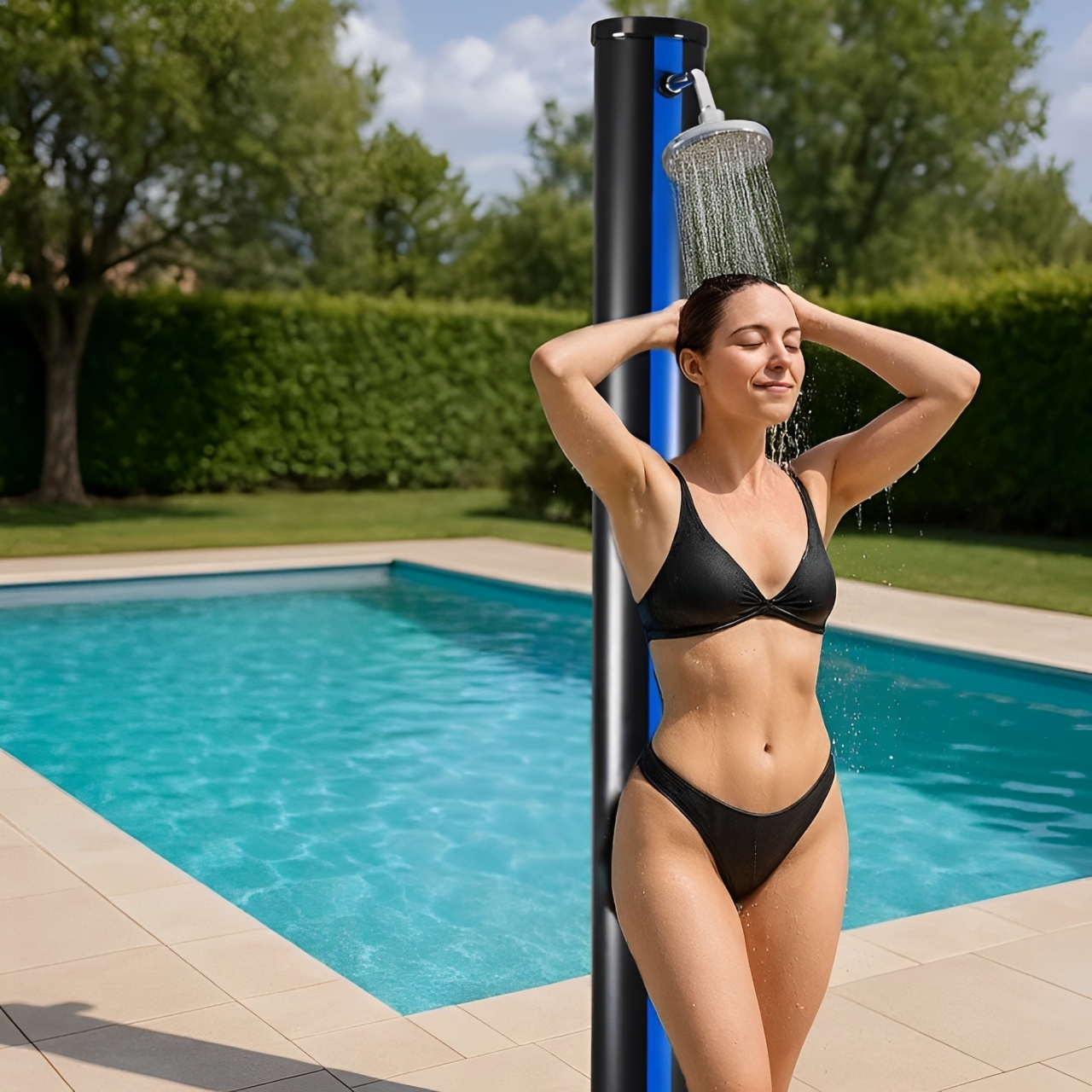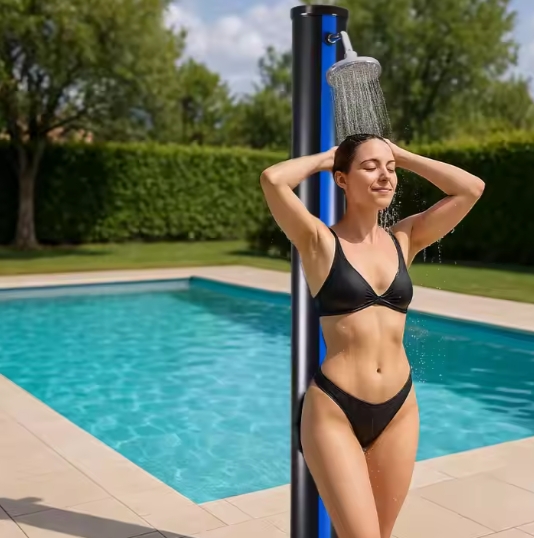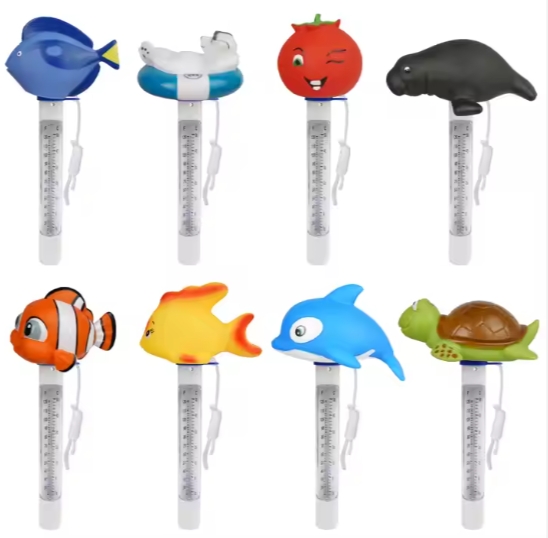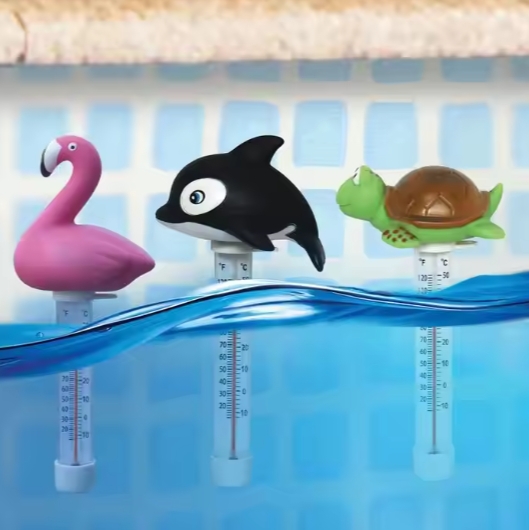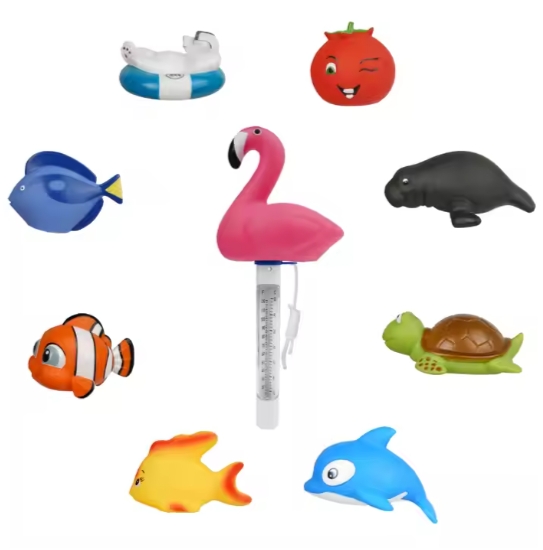Owning a swimming pool offers a private oasis for relaxation and fun, but it comes with the responsibility of maintenance. Keeping your pool water clean, clear, and safe is paramount, and at the heart of this task is maintaining the proper chlorine level. While it may seem complex, using a floating chlorine dispenser is one of the easiest and most effective ways to automate this crucial process. This simple device takes the guesswork out of sanitizing your pool, ensuring a consistent release of chlorine to keep bacteria and algae at bay, leaving you with more time to simply enjoy the water.
Choosing the Right Dispenser for Your Pool
Before you can master its use, you need to select the right tool. When shopping for a dispenser, look for one made from high-grade, durable materials that can withstand constant exposure to chemicals and harsh sunlight. A model with a secure, easy-to-open locking lid is essential to prevent chlorine tablets from accidentally spilling into your pool. The most important feature, however, is an adjustable control ring or dial. This allows you to regulate the amount of water that enters the chamber and dissolves the tablets, giving you precise control over the chlorine output. A well-designed dispenser will not only be functional but also complement your pool's aesthetic, offering both performance and style.
A Step-by-Step Guide to Filling and Deployment
Using your new chlorine dispenser is incredibly straightforward. First, hold the base and twist the lid counter-clockwise to open it. Next, place the appropriate number of 1-inch or 3-inch chlorine tablets inside. A general rule of thumb is one 3-inch tablet per 5,000 gallons of water per week, but you should always consult your pool's specific requirements. Once the tablets are inside, securely twist the lid back on. Before placing it in the water, set the adjustable vents at the bottom. A good starting point is a medium setting, which you can fine-tune later. Finally, gently place the dispenser into the pool. It will float on the surface, and as water flows through the vents, it will slowly dissolve the tablets and disperse chlorine throughout the water.
Adjusting for Perfect Water Chemistry
Achieving perfectly balanced water is a dynamic process, not a one-time setup. Factors like bather load, rainfall, and sunlight all impact your pool's chlorine demand. For the first week, test your pool water's free chlorine level every other day. The ideal range is between 1 and 3 parts per million (ppm). If your tests show the level is too low, simply pull the dispenser from the water and open the vents a bit more. If the level is too high, close the vents slightly. This simple adjustment capability is what makes a quality chlorine dispenser so valuable, allowing you to maintain a consistently safe and sanitized swimming environment with minimal effort. Once you find the sweet spot for your pool, you will only need to check it weekly.
Essential Maintenance and Safety Practices
To ensure your dispenser functions effectively for years, a little regular maintenance is required. Check the tablet level weekly and add more before it runs completely empty to avoid a drop in your pool’s chlorine levels. It's also a crucial safety measure to remove the dispenser whenever people are swimming. This prevents swimmers, especially children, from playing with the device and coming into direct contact with the highly concentrated chlorine. When the swimming season is over, remove the dispenser, empty any remaining tablets, rinse it with fresh water, and store it away from direct sunlight to prevent the plastic from becoming brittle. Following these simple steps will extend the life of your device and guarantee your pool remains a pristine sanctuary.


